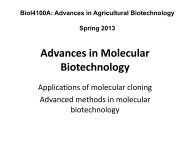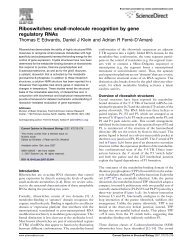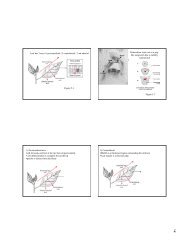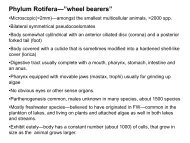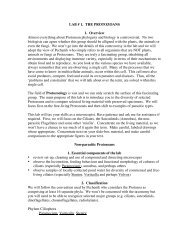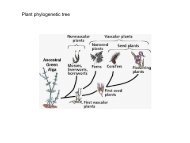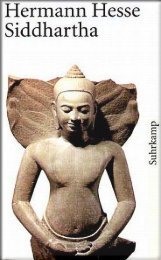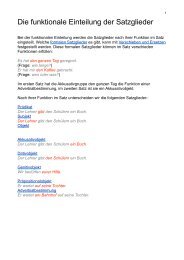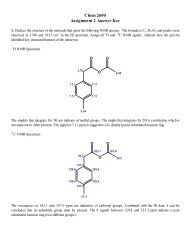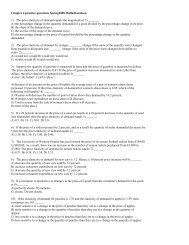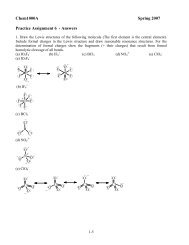Answers to PS #1 - Classes at U. of L.
Answers to PS #1 - Classes at U. of L.
Answers to PS #1 - Classes at U. of L.
Create successful ePaper yourself
Turn your PDF publications into a flip-book with our unique Google optimized e-Paper software.
12. a) Show the interrel<strong>at</strong>ionship between the cube and the tetrahedron (with clear sketches).<br />
b) Show the interrel<strong>at</strong>ionship between the cube and the octahedron.<br />
13. a) The contents <strong>of</strong> the unit cell <strong>of</strong> any compound must contain an integral number <strong>of</strong> formula units. Why?<br />
b) Note th<strong>at</strong> unit cell boundaries "slice" a<strong>to</strong>ms in<strong>to</strong> fragments: An a<strong>to</strong>m on a face will be split in half between two cells;<br />
one on an edge will be split in<strong>to</strong> quarters among four cells, etc. Identify the number <strong>of</strong> Na + and Cl - ions in the unit cell<br />
<strong>of</strong> sodium chloride and st<strong>at</strong>e how many formula units <strong>of</strong> NaCl the unit cell contains. The unit cell <strong>of</strong> NaCl is<br />
illustr<strong>at</strong>ed, e.g. in Smart and Moore, p. 31.<br />
c) Why is the unit cell <strong>of</strong> NaCl so large? Why can a smaller unit not be chosen? Demonstr<strong>at</strong>e this by trying it.<br />
8




